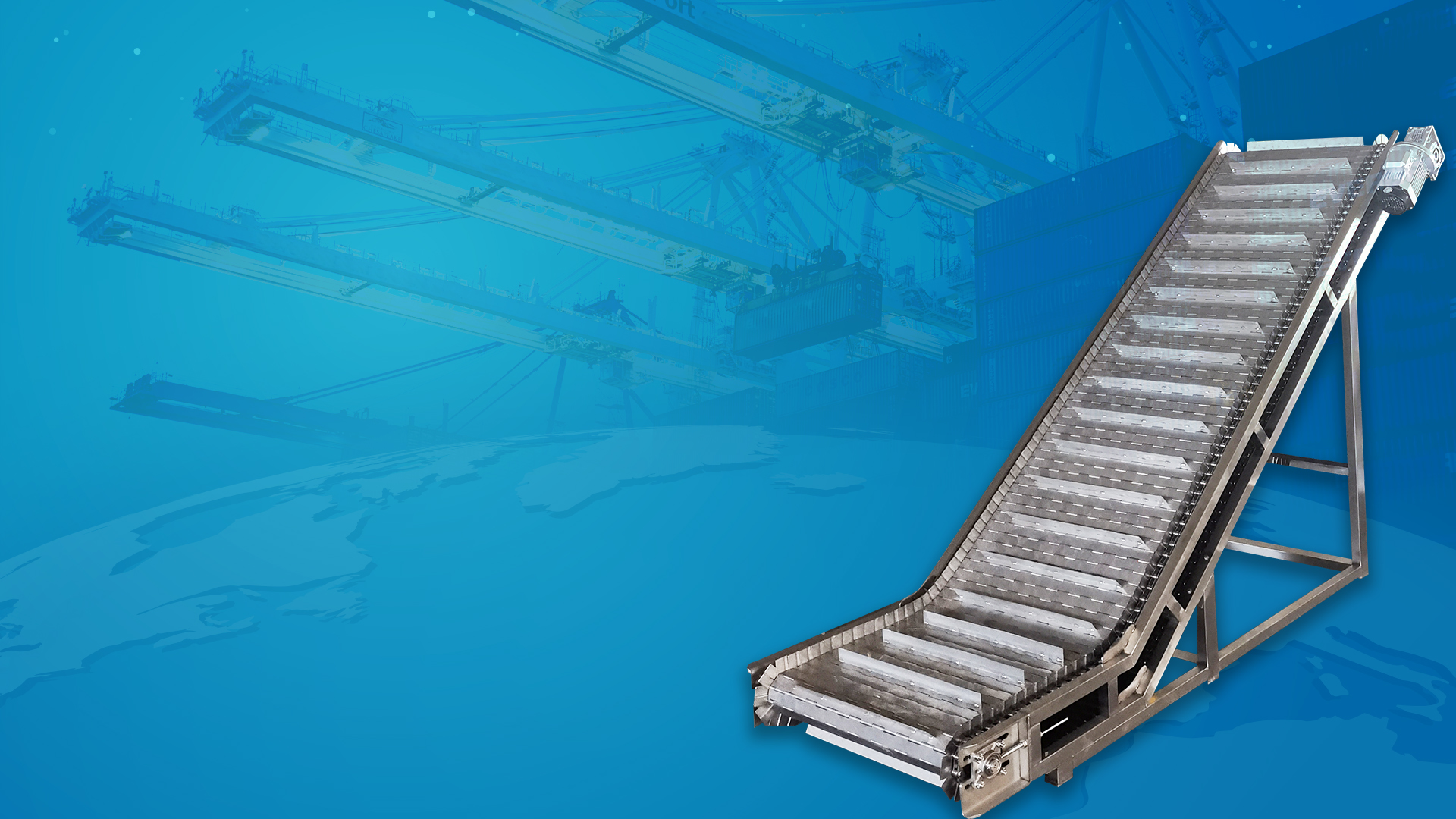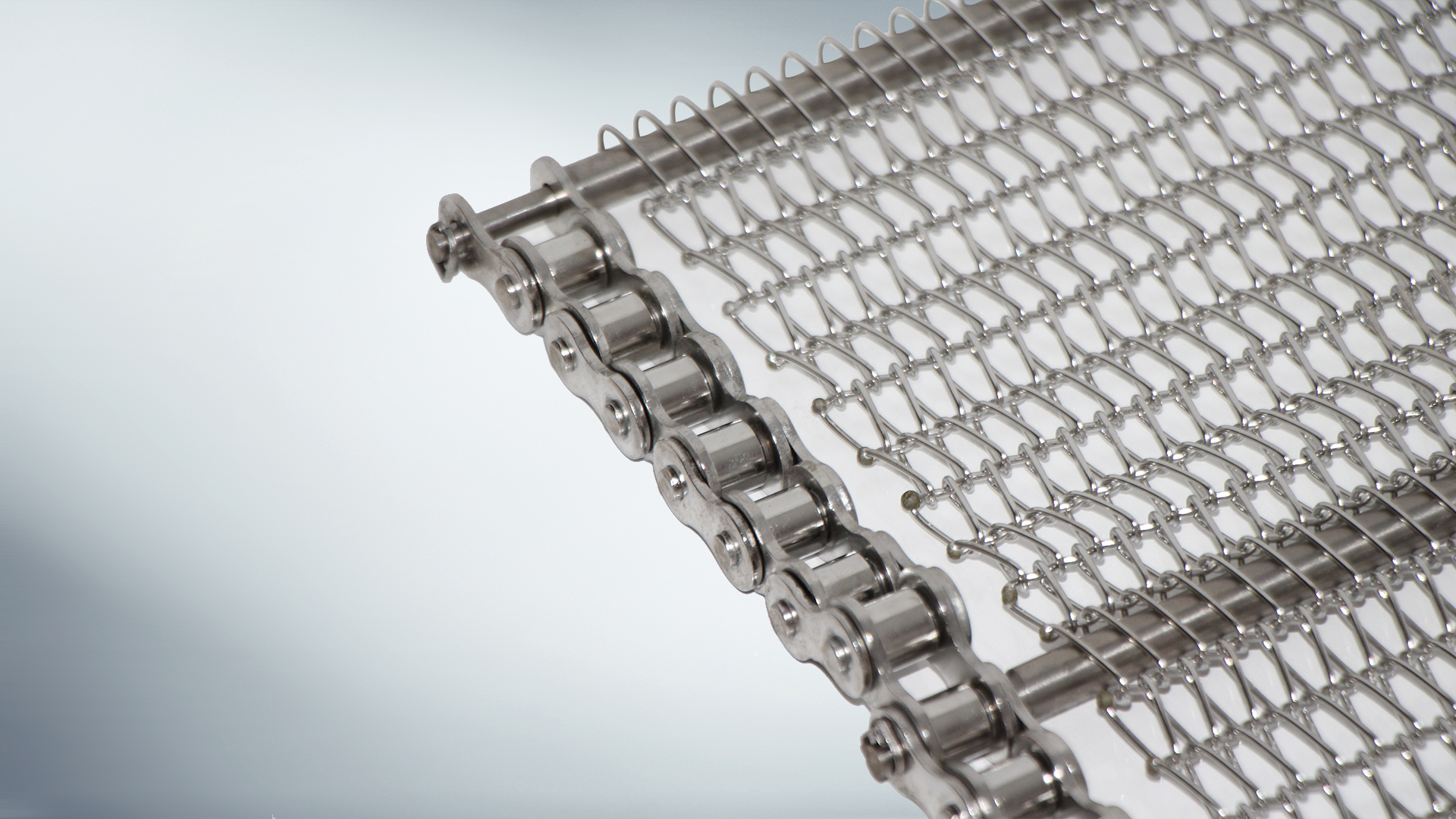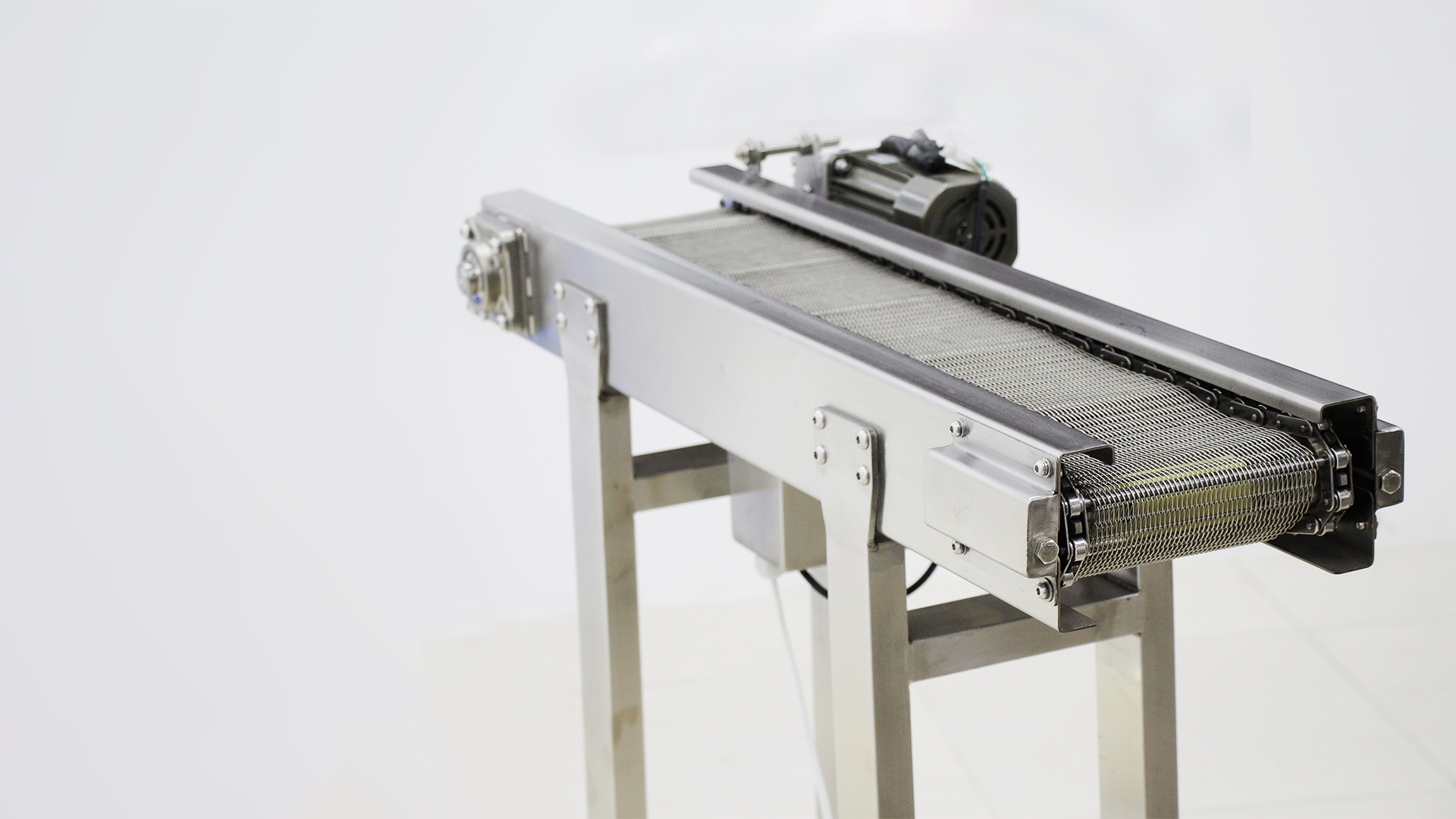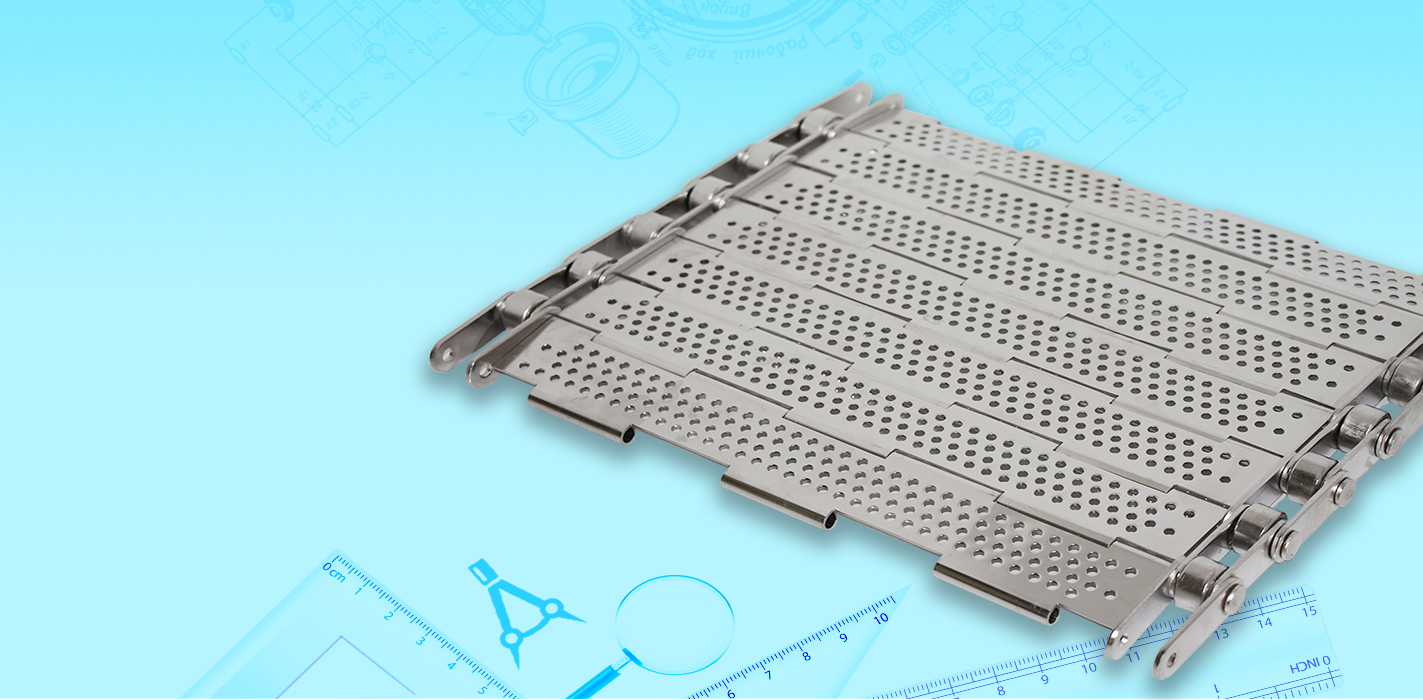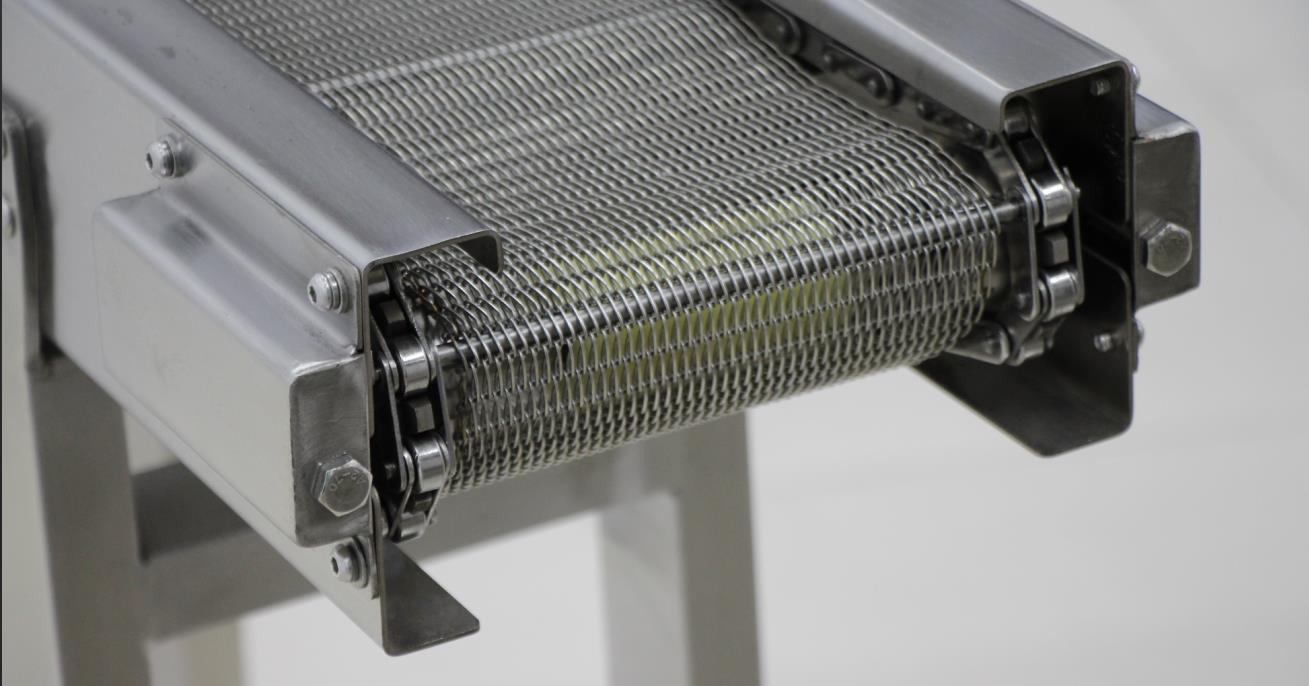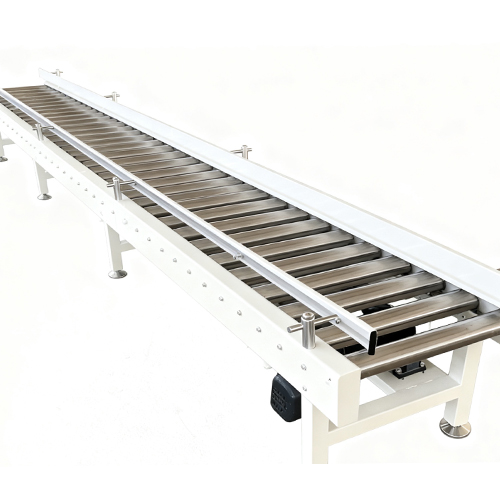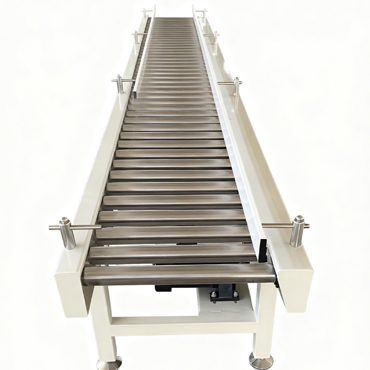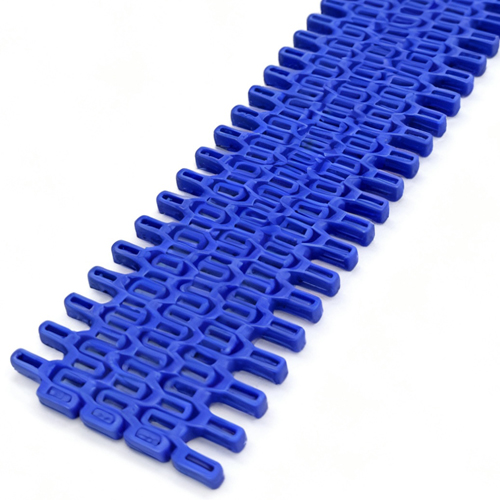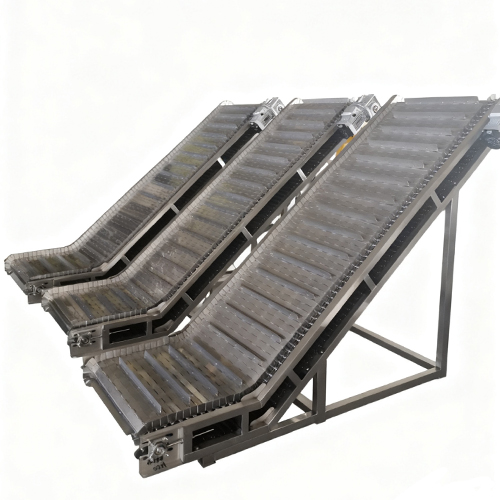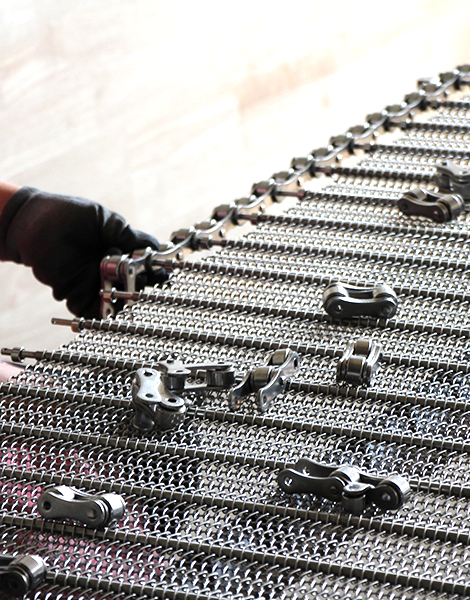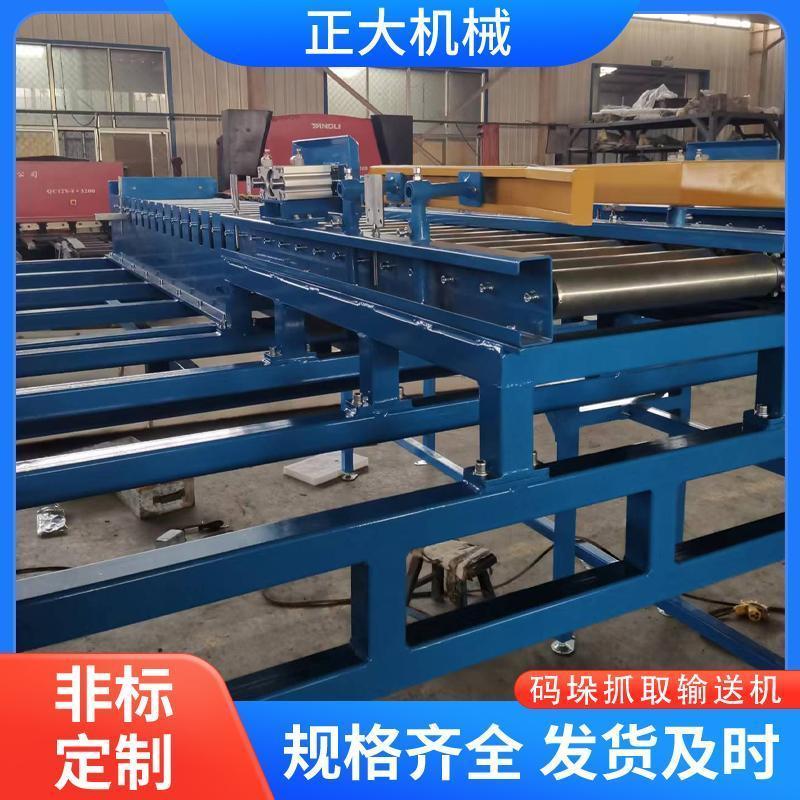
II. Possible Causes:
- Image Quality Issues: Palletizers require clear, high-quality images for recognition. Blurred images, insufficient lighting, and glare can all reduce recognition accuracy.
- Object Color Issues: Palletizers identify objects via cameras. If an object's color closely matches the background or if the object is light-colored against a dark background, recognition accuracy may be compromised.
- Object Shape Issues: Palletizers may fail to recognize objects with unusually complex shapes, which can prevent proper stacking.
- Object Positioning Issues: Palletizers require precise detection of object location. Misalignment or rotation of objects can prevent accurate recognition.
- Software Configuration Issues: Recognition performance also depends on software settings. Incorrect or improper configuration may result in failure or misidentification.
III. Solutions:
- To improve image quality, optimize camera positioning and angle, enhance lighting, and minimize reflections or shadows.
- Address color issues of objects by repainting them or changing the background color to improve recognition.
- Resolve shape issues by replacing grippers or altering placement methods.
- Prevent positioning errors by determining the locations of objects and applying markings.
- Resolve software configuration issues by adjusting settings based on actual conditions and performing debugging.
In summary, while palletizers may encounter various recognition challenges, these issues are manageable. Paying attention to all factors during operation and implementing appropriate measures can enhance recognition rates, ensuring production efficiency and product quality.
Translated with DeepL.com (free version).



